Small Disposable Vape: A Comprehensive Guide for International Buyers and Distributors
The global demand for convenient and portable nicotine delivery systems has driven explosive growth in the disposable vape segment—particularly small disposable vapes. Compact in size but powerful in performance, these single-use devices are increasingly favored for their ease of use, low maintenance, and adaptability to private-label customization.
For international buyers, wholesale distributors, and OEM clients, understanding the intricacies of this product category—from design and production to supplier selection—is critical to making informed purchasing and branding decisions. This guide offers a practical overview of how small disposable vapes are made, how they differ by origin and technology, and how to select the right manufacturer to support your market goals.
Market Snapshot: Why Small Disposable Vapes Are Gaining Ground
Small disposable vapes have emerged as one of the fastest-growing subcategories within the nicotine product ecosystem. Their popularity is driven by:
-
Portability and discretion: Slim design makes them ideal for on-the-go use.
-
Consumer preference for low-commitment products: No charging or maintenance required.
-
Retail appeal: Attractive packaging and flavor diversity contribute to repeat sales.
-
OEM scalability: Easily customized for private-label resellers, including brands already dealing in nicotine pouches, nicotine gum, or white-label nicotine bag products.
The segment is expected to grow at a CAGR of 9.3% globally, signaling strong opportunity for buyers and importers looking to expand their nicotine-based product lines.
How Small Disposable Vapes Are Manufactured
Despite their compact size, these devices require a well-orchestrated manufacturing process combining electronics, chemical formulation, and industrial design.
Design & Prototyping
Each product begins with a digital prototype using CAD software, where airflow mechanics, form factor, and user ergonomics are optimized. Brands often test multiple layouts to balance vapor output with battery efficiency.
Component Production
Core components include:
-
Battery: Typically a lithium-ion cell calibrated for single-use.
-
Heating coil: Metallic or ceramic depending on desired flavor accuracy and lifespan.
-
E-liquid chamber: Pre-filled with nicotine salts or freebase formulations in popular flavors like mint, mango, or classic tobacco.
-
Casing: Leak-resistant, often metallic or high-grade plastic, with tamper-proof seals.
E-liquid Formulation
Reputable suppliers—such as those behind Snuff Factory—focus on precise nicotine dosing, flavor stability, and quality sourcing. This is especially important for buyers looking to match regional flavor profiles.
Assembly Line Automation
Modern vape factories use automated lines for:
-
Coil placement
-
Battery-cell insertion
-
E-liquid injection
-
Final sealing and visual inspection
Automation ensures consistency across thousands of units, a key factor for B2B resellers.
Packaging
Finished units are packaged in tamper-evident, often biodegradable cartons, with branding applied at this stage. For white-label customers, this is where custom logos, warning labels, and regulatory language are integrated.
Brand, Origin, and Technology Differences
International buyers must navigate significant variations in quality, compliance, and design philosophy across countries and brands.
Brand Considerations
Top brands emphasize:
-
E-liquid purity and taste consistency
-
Battery reliability
-
Regulatory documentation (CE, RoHS, FDA compliance)
Emerging players such as Echi and Snuff Factory offer white-label services extending from nicotine bag manufacturing to small disposable vape production.
Manufacturing Origins
-
China (especially Shenzhen): Global leader in vape hardware manufacturing, known for competitive pricing and rapid R&D.
-
United States and EU: Tend to prioritize compliance and premium build quality, with higher pricing.
-
Southeast Asia and India: Growing presence offering budget-conscious OEM services.
Technology Variables
-
Battery type: Some advanced models feature graphene-enhanced cells for higher thermal efficiency.
-
Heating elements: Ceramic coils offer cleaner vapor, though they cost more.
-
Nicotine type: Salt-based e-liquids provide smoother throat hits and are preferred in smaller devices; freebase remains popular in select markets.
Understanding your target market’s preferences will help you choose the right configuration.
How to Select a Reliable Supplier
Choosing the right manufacturing partner is central to your success. Below are essential criteria:
Regulatory Compliance
Verify that the supplier can provide:
-
ISO certifications
-
CE and RoHS reports
-
FDA registrations (if exporting to the U.S.)
Suppliers like Echi provide full documentation to simplify cross-border compliance checks.
Manufacturing Capabilities
Ask about:
-
Monthly production capacity
-
Automation levels
-
In-house quality control measures
This is especially important if you’re scaling fast or managing multiple SKUs under a white-label nicotine pouch or vape brand.
Customization Options
Leading suppliers offer:
-
Adjustable nicotine strength
-
Custom e-liquid formulations
-
Brand design, color, and finish customization
This flexibility allows distributors to differentiate their products in crowded markets.
Distribution Support
Ensure the supplier has a logistics team capable of:
-
Global freight coordination
-
Multi-format packaging (retail-ready, bulk, POS displays)
-
Regulatory labeling by region
A streamlined supply chain—from production to customs clearance—can save weeks in lead time.
After-Sales Support
Look for:
-
Dedicated account managers
-
Quick-response support teams
-
Replacement or refund policies
Suppliers like Snuff Factory are known for professional post-sale assistance.
Practical Advice by Buyer Type
For International Buyers
Prioritize suppliers that can meet import regulations and adapt to local tastes. Evaluate battery specs, flavor profile, and packaging standards before placing large-volume orders.
For Distributors and Retailers
Add small disposable vapes to your portfolio as a high-margin, fast-moving SKU. Customize flavor and appearance to appeal to regional segments. Consider cross-promoting with related products like nicotine bags or nicotine gum.
For OEM and White Label Brands
Leverage the design flexibility of compact devices to launch a differentiated product line. Request full control over:
-
Device shape
-
Color schemes
-
E-liquid specs
-
Retail packaging
Partnering with a vertically integrated producer like Echi ensures you maintain brand consistency from concept to delivery.
Conclusion
Small disposable vapes are more than just convenient consumer products—they’re a scalable, customizable business asset for nicotine-focused brands worldwide. Whether you’re entering the market for the first time or expanding an existing product line, understanding production variables, sourcing options, and supplier strengths is key.
Ready to explore small disposable vapes or integrate them into your nicotine product strategy?
👉Visit Snuff Factory’s product page or connect with their team to explore OEM, white-label, and wholesale solutions tailored to your market.

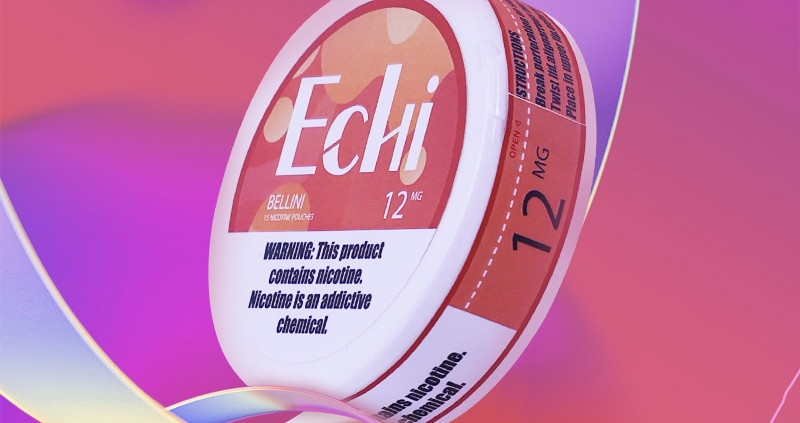
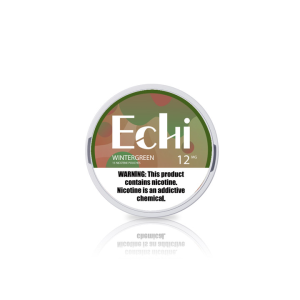
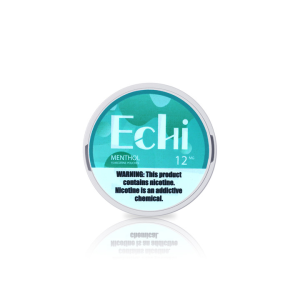

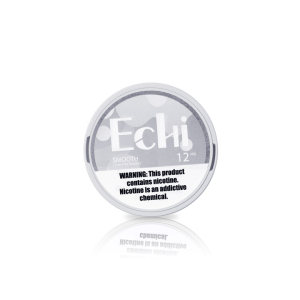
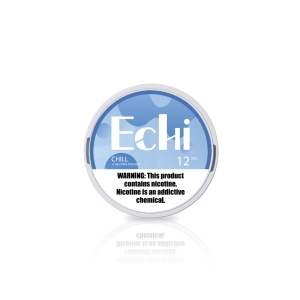


Leave a Reply
Want to join the discussion?Feel free to contribute!